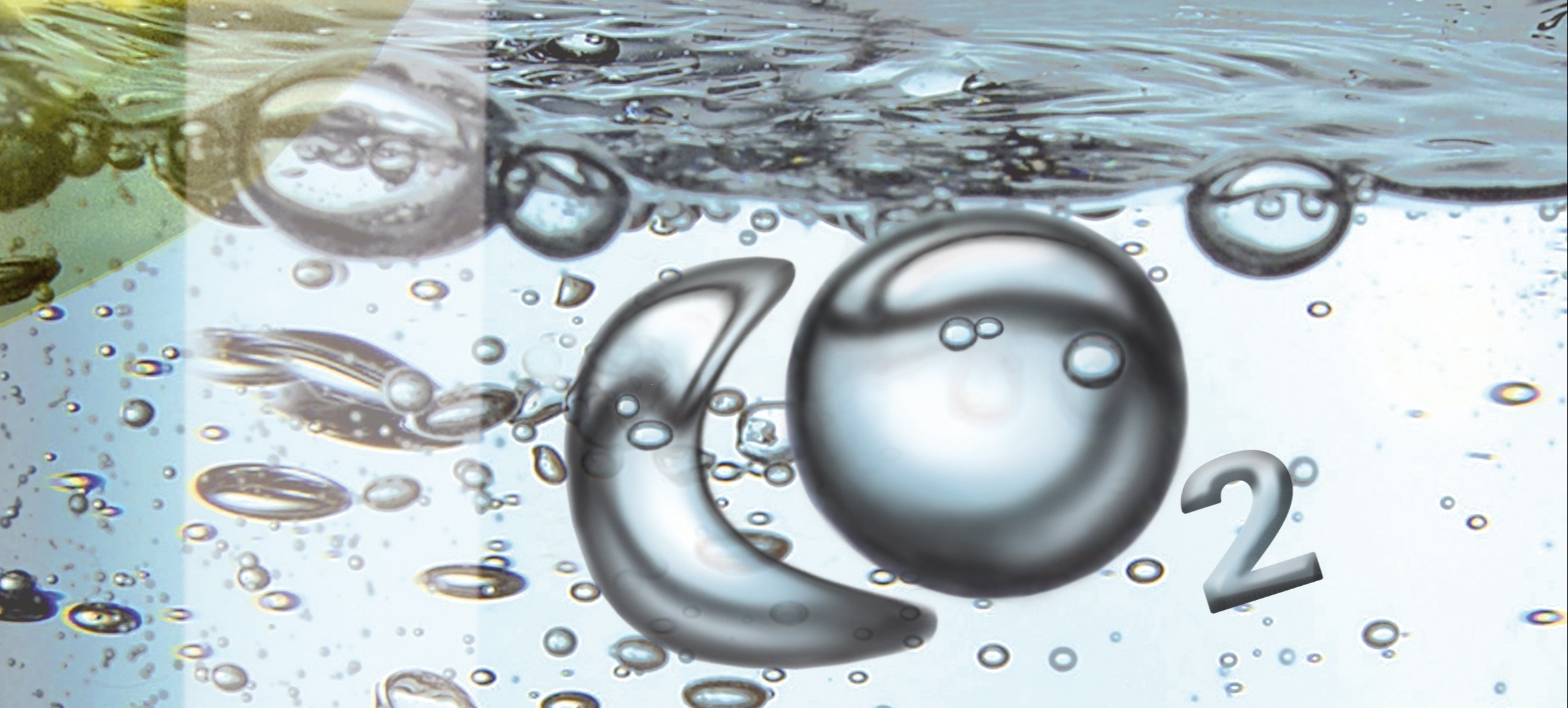Food businesses nationwide are dealing with the devastating impact of the coronavirus pandemic, including employee health concerns, reconfiguring processing lines from wholesale to retail or modifying workplace environments to adhere to social distancing guidelines. The COVID-19 pandemic introduced labor shortages in processing plants and truck drivers, supply chain uncertainty, restaurant closures and a carbon dioxide shortage, as examples. While companies focus on and plan to address these challenges, there may be immediate options to alleviate the burden of the CO2 supply shortage.
Some carbon dioxide supply comes from ethanol plants. Ethanol plants emit gaseous CO2, which industrial gas companies collect, purify, and process into a liquid form for commercial use. Since various CO2 feed gas plants have idled operations or reduced production due to the change in demand, there’s a potential for the decreasing supply of CO2 to impact the processing, chilling, freezing and preservation of food, and for beverage manufacturers to lose the “fizz” in their products.
To address the CO2 supply shortage, companies can consider:
- Leveraging the qualities of nitrogen
Some food manufacturers may not be aware that liquid nitrogen can work as a viable substitute for CO2 in some freezing and chilling operations. Nitrogen has been used in the food industry to help preserve the freshness and quality of food products. As liquid nitrogen is extremely cold (-320.8°F) it allows for a cryogenic system to freeze foods at rapid speeds, often within minutes. Being able to freeze food quickly is beneficial to production lines as it leads to smaller ice crystals and food that tastes fresh and lasts longer. Nitrogen may be used to freeze poultry, red meat, fruits, vegetables, seafood, baked goods, sauces, gravies, pasta, prepared meals, and dairy products. Liquid nitrogen is also beneficial in maximizing yield, increasing throughput and reducing cycle times in operations. Additional applications for liquid nitrogen include mixing, coating and grinding processes.
While liquid nitrogen has its benefits, nitrogen in gaseous form, helps food manufacturers with packaging foods, especially in the Modified Atmosphere Packaging (MAP) process. In this case, producers may already have bulk nitrogen on site.
In many cases nitrogen and CO2 can be used interchangeably for cryogenic freezing and chilling. Therefore, converting a current CO2 temperature control process to nitrogen may not be difficult. The companies that leverage sophisticated and unique technologies – including Messer technologies that offer the ability to use both as a solution – can enable effective use of nitrogen in place of CO2 for some processes. Nitrogen makes up most of the air we breathe and is not reliant on a feed gas source, unlike CO2.
- Increasing on site CO2 storage capacity
Having additional CO2 storage on site makes producers more resilient to short-term supply disruptions.
- Evaluating their existing freezing and chilling systems
Companies know their food processing operations, and they need trusted, reliable expertise to evaluate their freezing and chilling requirements. There may be opportunities to set up virtual plant audits and see how they could run more efficiently, remove temperature control bottlenecks while reducing costs and improve yield in many cases.
Overall, the COVID-19 pandemic has upended the food industry and presented challenges for food manufacturers and distributors alike. While scientists actively research a vaccine to mitigate future risks, economic damage continues to mount. Agile organizations that are willing to shift their strategies and proactively alter their operations may come out ahead.
If you’re navigating challenges the COVID-19 pandemic presented to your food business operations, download our food chilling and food freezing whitepapers to understand how Messer can help.



Comments
Messer makes no warranty of any kind with respect to the subject matter, the completeness, or accuracy of this blog. Messer is not responsible for any actions (or lack thereof) taken as a result of relying on or in any way using information contained in this blog. In no event shall Messer be liable for any damages resulting from reliance on or use of information in this blog. Readers should take advice from a qualified professional when dealing with specific situations. Descriptions of, or references or access to, other publications within this blog do not imply endorsement of those publications. This blog may contain technical inaccuracies and changes to the information may be made at any time.
Gas products are hazardous. The use or misuse of gas products involves serious risks, including injury, disability and death. Users of gas products must use the Safety Data Sheets for the gas products to warn their employees and others who are exposed to the gas products or hazards associated with such products.